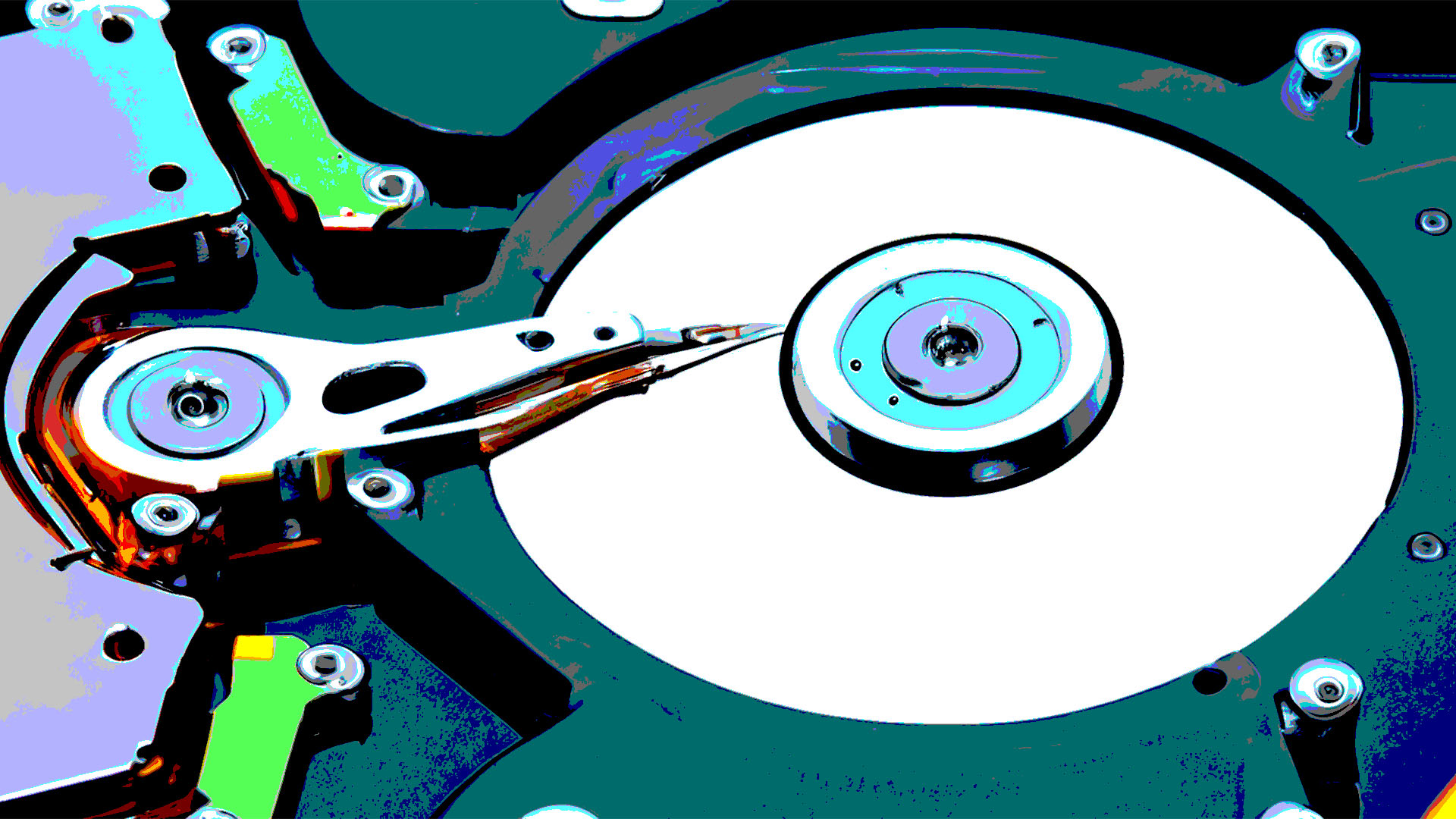While the solid state revolution is storming the desktop PC world right now, there’s still plenty of life left in old school mechanical hard drives yet. In fact, Seagate has just demonstrated a new technology that will enable it to make hard drives with capacities over 90TB in the future.
If you’re still using a hard drive as your primary storage device, then stop what you’re doing right now and make sure you get one of the best gaming SSDs – they’re incredibly cheap to buy now, and they make a massive difference to the speed of your PC when it comes to basic usability. However, solid state drives still can’t compete with hard drives when it comes to capacity, and this latest development from Seagate could result in an astounding amount of storage capacity in a small space.
The trick, as is often the case with new storage developments, is building upwards. Instead of all the bits of data being written in a single layer on a spinning hard drive platter, as with today’s hard drives, they’re instead stored in multiple layers. This isn’t a new idea in itself, but its application has so far been held back by the lack of a media material that can store the layers.
That’s what appears to have been solved with this new demo by Seagate and Tohoku University and Japan’s National Institute for Materials Science (NIMS), which works with the heat-assisted magnetic recording (HAMR) technology used in today’s hard drives, but adds the ability to store multiple layers of data.
The researchers have demonstrated what they call “dual-layer granular media,” where two layers of bits are stored on the media, with a breaking layer between them. Not only that, but the researchers state that two layers isn’t where this ends, but that “simulations showed that these media enabled 3-level recording and could potentially be extended to 4-level recording.”
Seagate first unveiled its plans to develop nanogranular media back in 2021, with the goal of being able store 10TB on a single platter by 2030. As a point of comparison, a 20TB high-end hard drive today usually contains nine 2.22TB platters, meaning the same number of platters would give you a 90TB drive using this new multi-level tech. In fact, Seagate even has a plan to produce hard drives with capacities over 120TB in the future.
Now, I’ve been using a 4TB Seagate IronWolf drive in my NAS box for the last four years, and I still have nearly 1TB free on it, so it’s difficult for me to imagine ever needing this much storage space, but getting 90TB in a single hard drive would be an amazing achievement. Also, let’s face it, while SSDs might be fast, the mechanical movement of hard drives is really cool. Bring back the WD VelociRaptor with the window in it, I say.
In the meantime, if you’re looking to put together a new machine, make sure you read our full guide on how to build a gaming PC, where we run you through every part of the process, including how to install hard drives.


